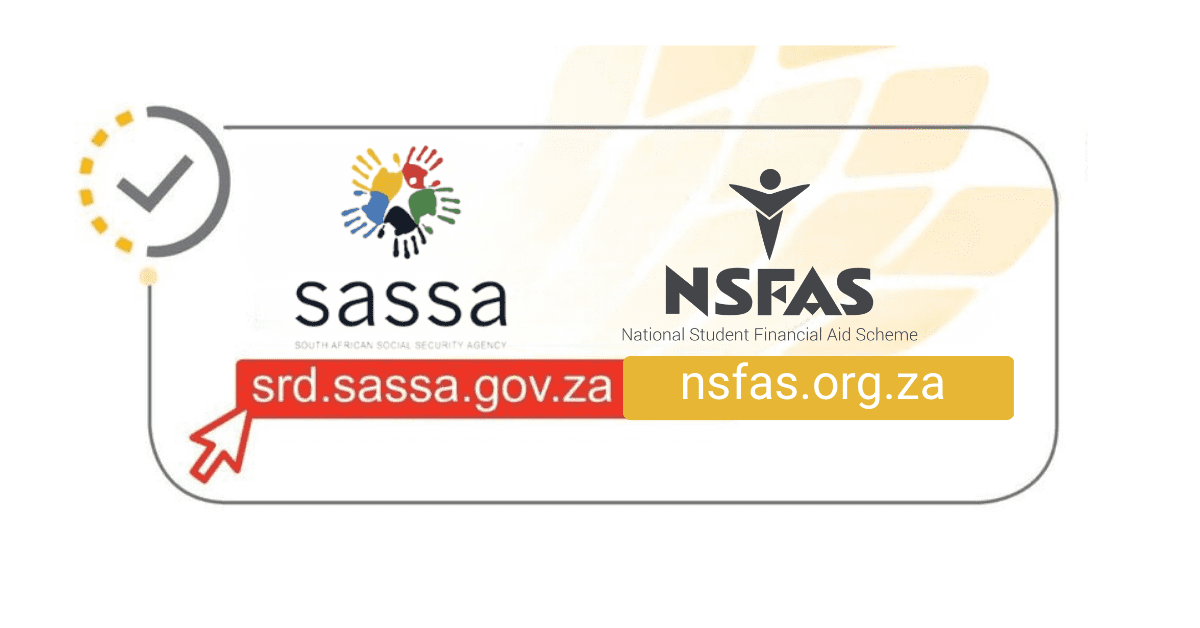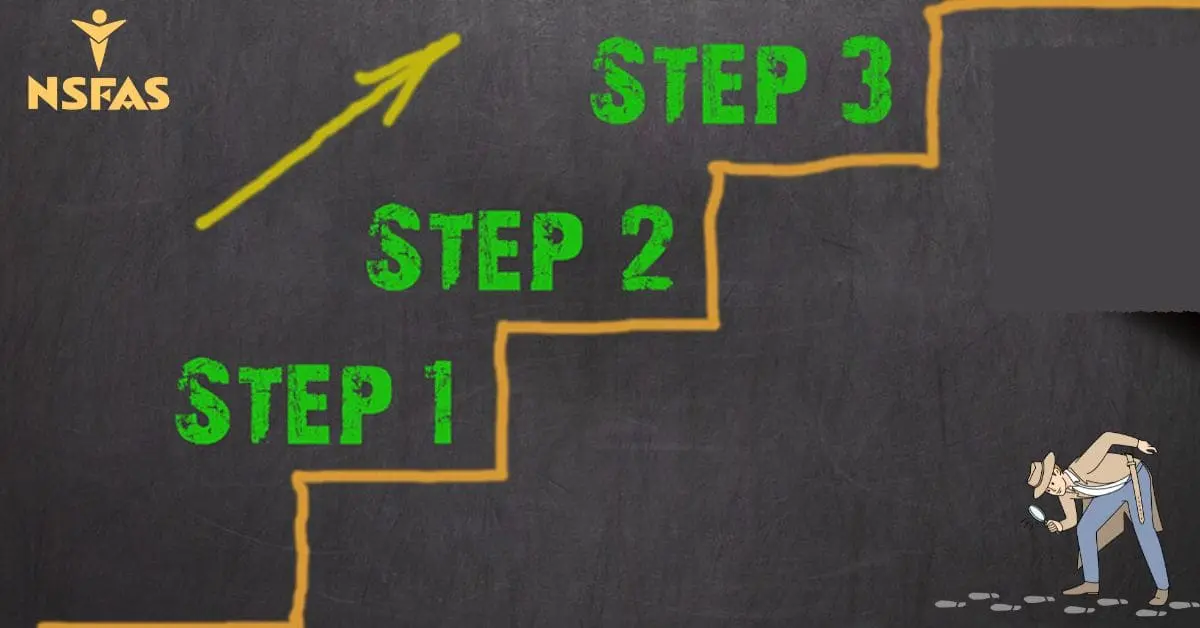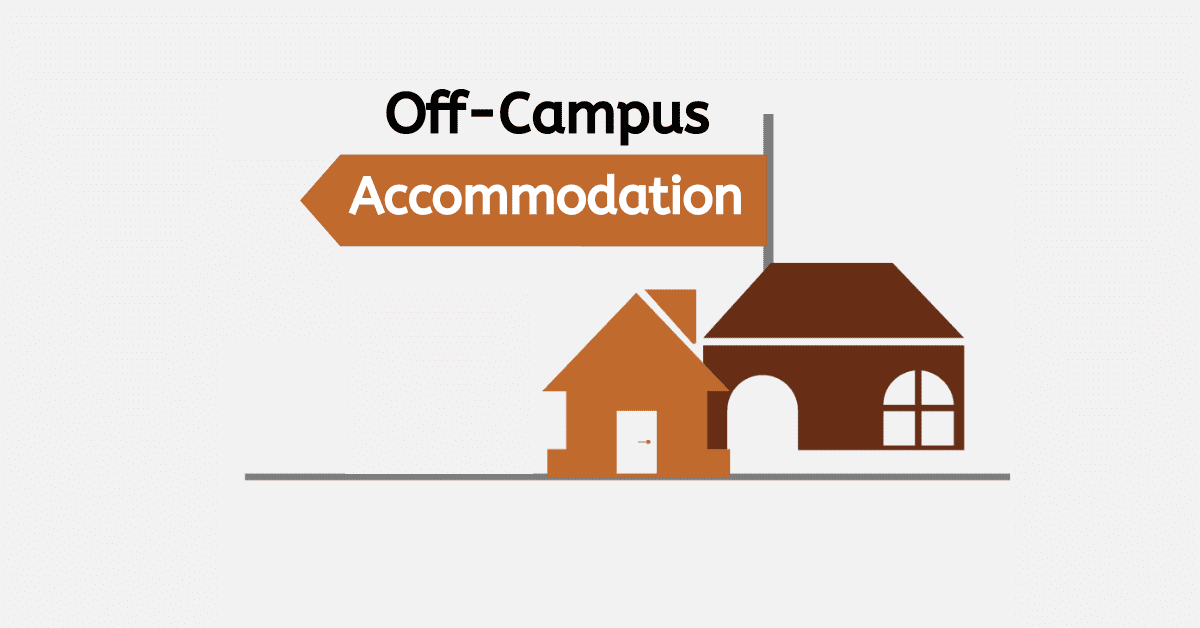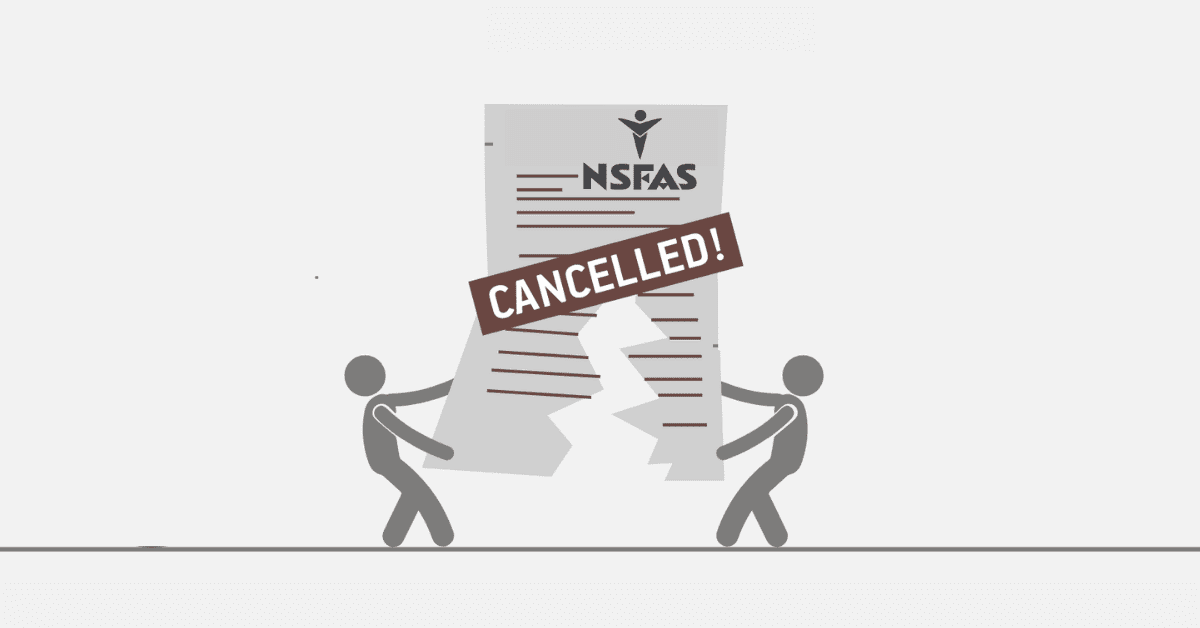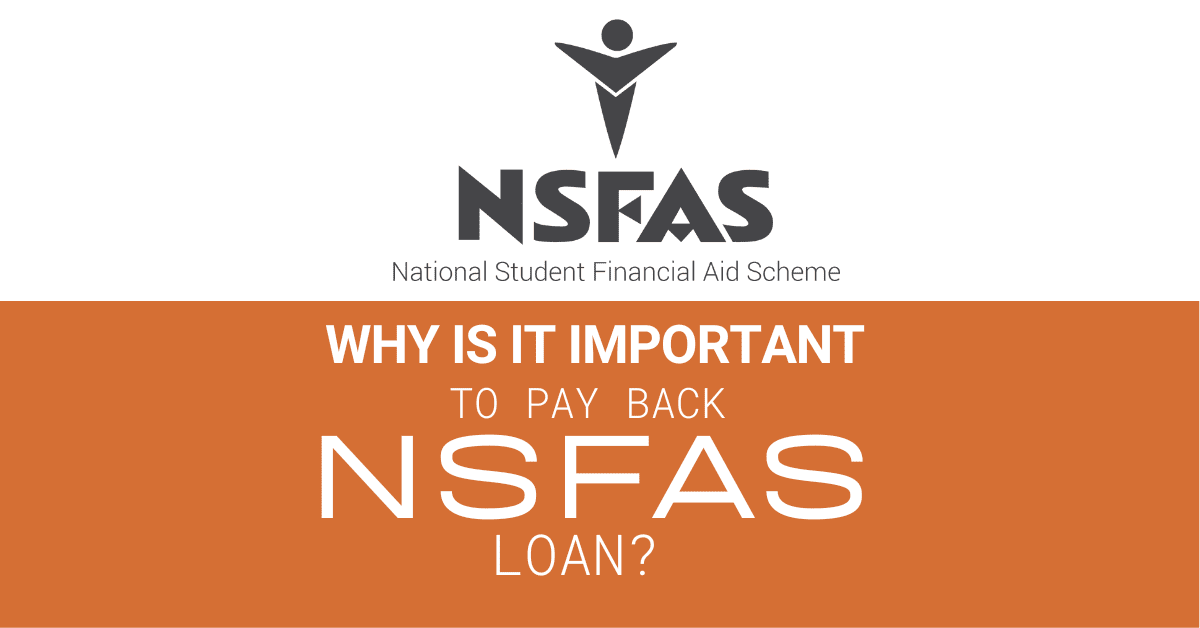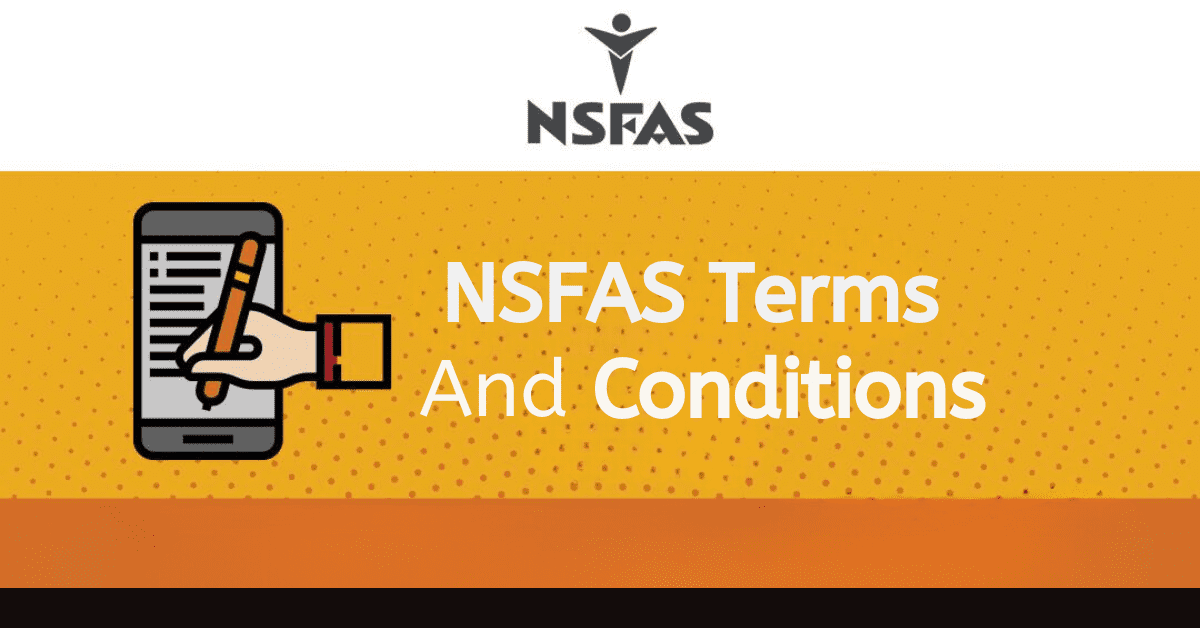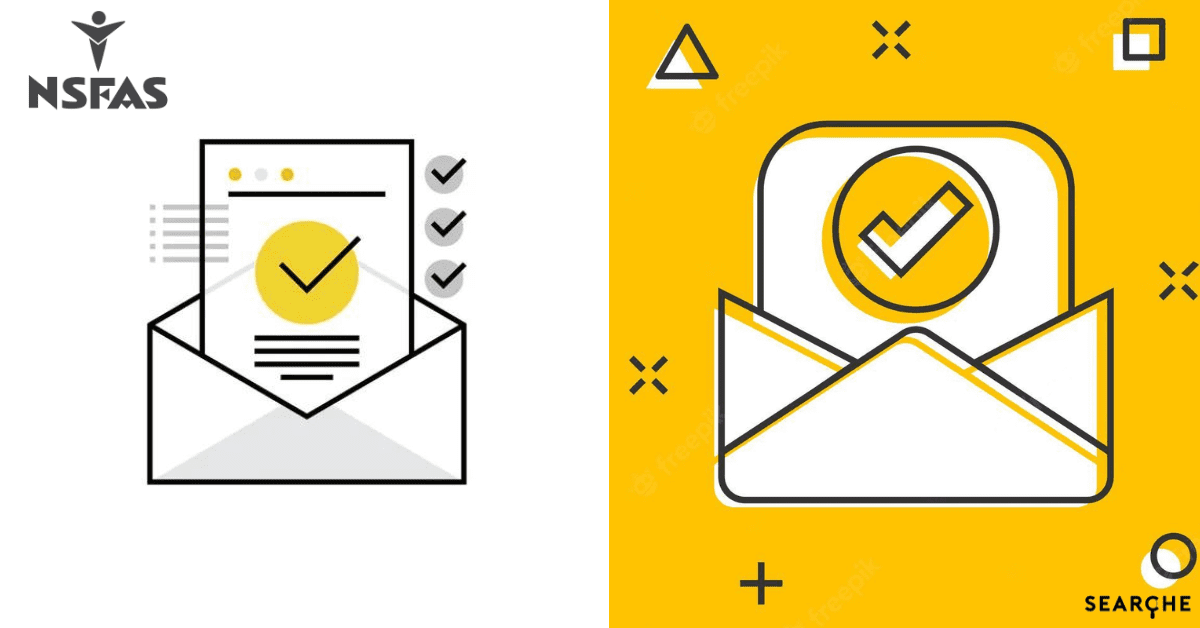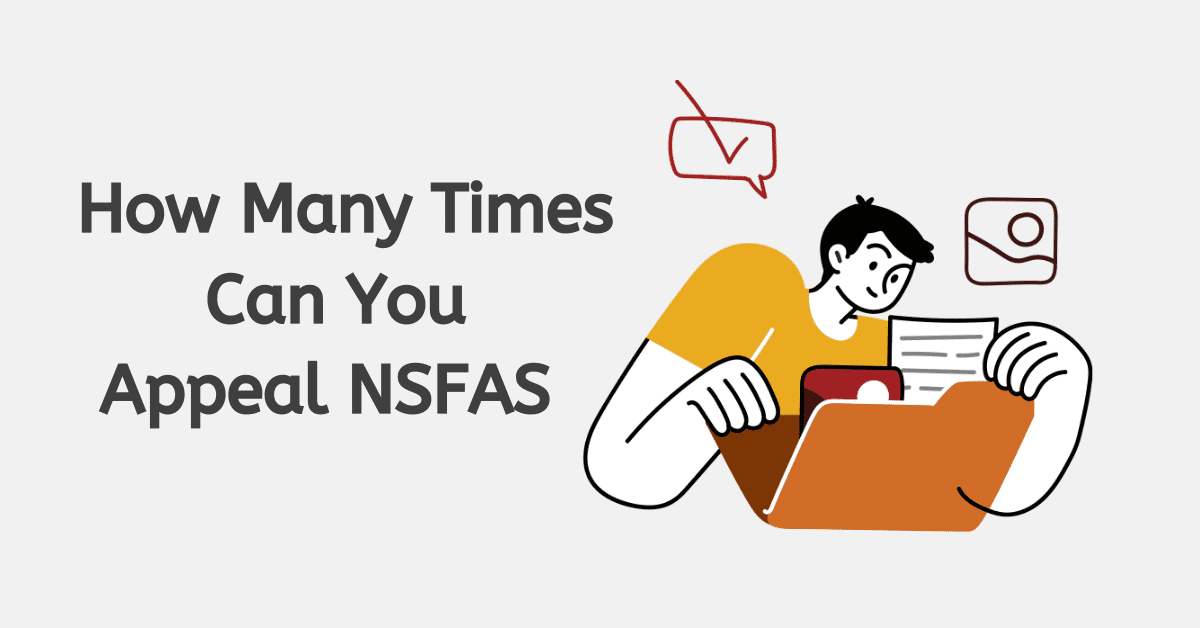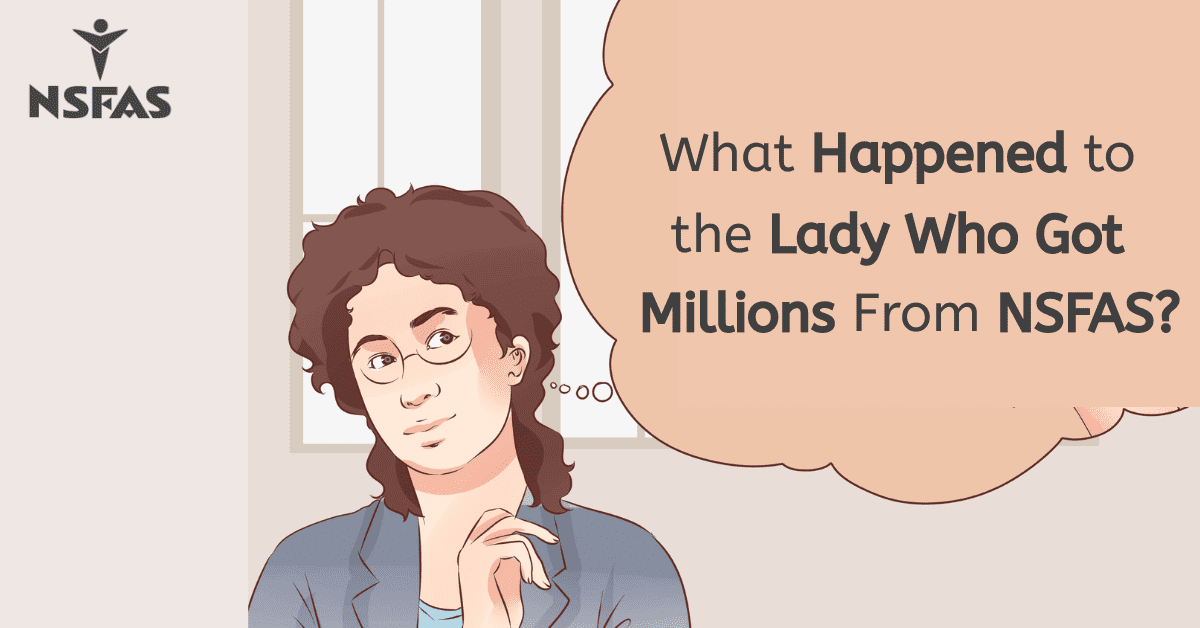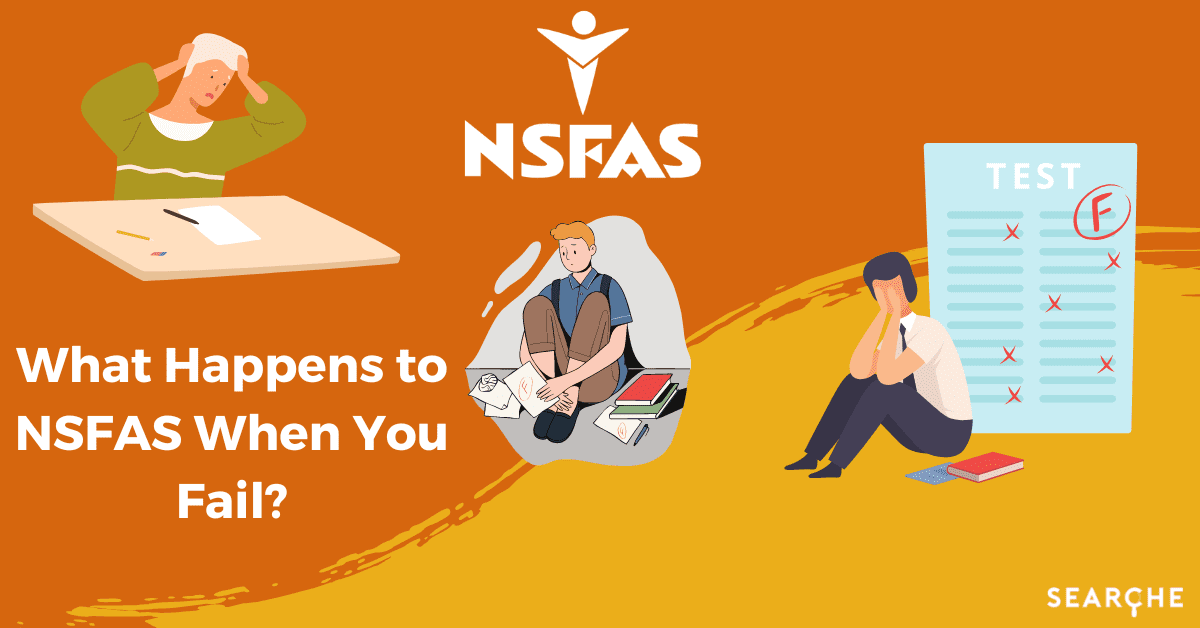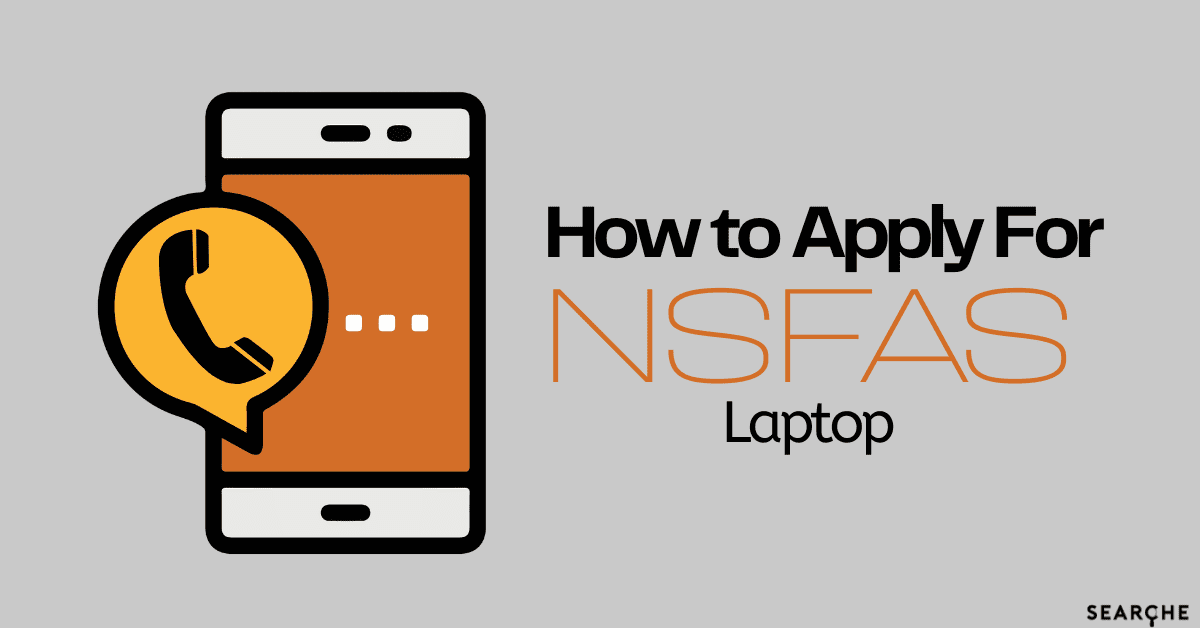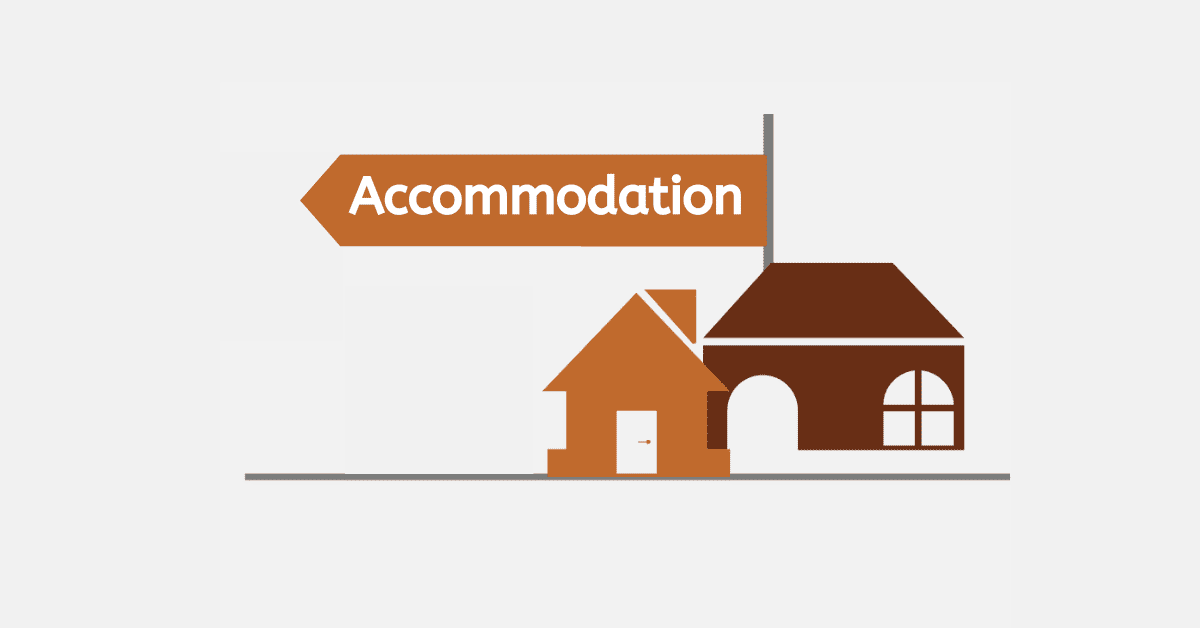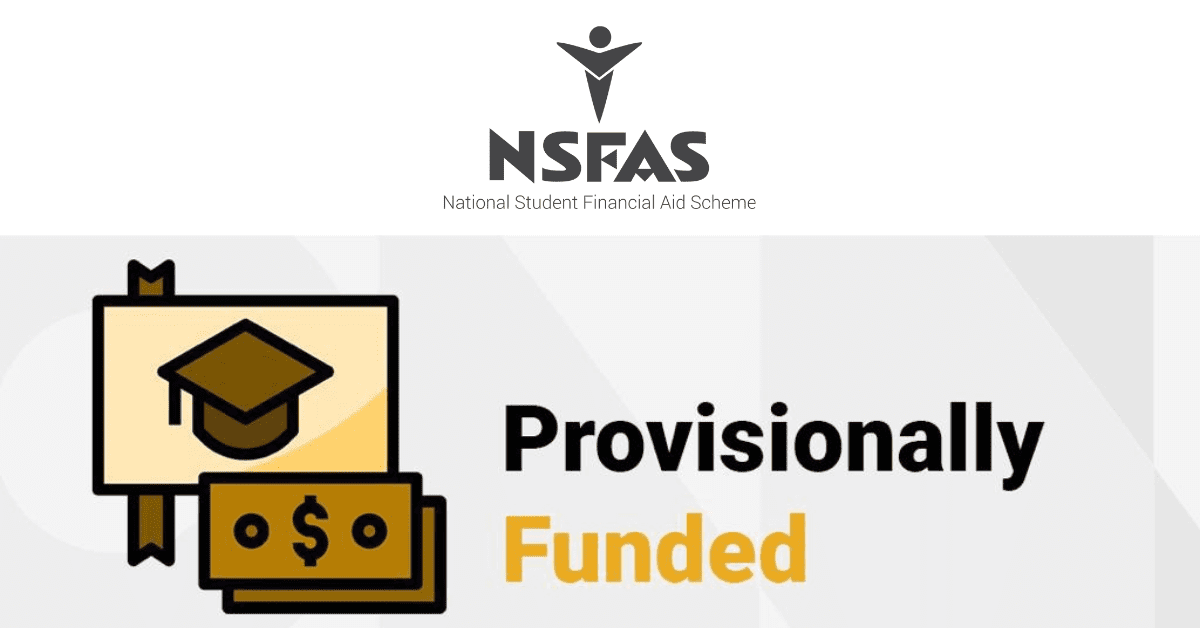Many people from poor backgrounds are often hindered by a lack of financial assistance to pursue their studies up to higher education. The good news is bursaries play critical roles in helping people intending to further their studies and achieve their goals.
If you intend to pursue your education to a higher level, there are mainly two popular funding options in South Africa you can consider, and these include the National Student Financial Aid Scheme (NSFAS) and Funza Lushaka. However, these two scholarships differ, and you should know what each option offers before applying for one. Check out the difference between Funza Lushaka and NSFAS bursaries.
Difference Between Funza Lushaka And Nsfas
Funza Lushaka Bursary Program and NSFAS differ significantly, although they are designed to assist students from poor financial backgrounds. The following are the major factors that distinguish the bursary programs from each other.
Purpose
The Funza Lushaka Bursary Program aims to promote teaching as a profession. Once you qualify for sponsorship under this scheme, you must accept a teaching post immediately after completing your studies. You must serve as a teacher for the number of years you were funded during your studies. On the other hand, NSFAS funds teaching degrees and various courses at TVET Colleges and public universities in South Africa. In other words, NAFAS is a versatile funding program that allows you to choose a course that suits your career needs.
Repayment
The repayment terms for NSFAS and Funza Lushaka bursary programs also differ. People who received aid before the promulgation of free education by the president in 2017 need to repay their loans as agreed. Students who started receiving NSFAS funding after 2018 don’t need to pay the money back. However, you can only begin repaying your loan once you receive a salary of R30 000 or more per annum.
Beneficiaries of Funza Lushaka Bursary are not supposed to pay the money back on the condition that they join the teaching field soon after completing their studies. However, you may have to repay the money when you fail to meet the following conditions.
- You didn’t qualify in your studies.
- You don’t apply for a teaching post at a public school with the Provincial Education Department as stipulated in the agreement you signed
- You register for a different course from teaching.
- You leave your teaching post before the end of the contract, which covers the number of years you were sponsored.
- You fail to fulfill other bursary agreements.
If you meet all the terms and conditions of your bursary, you do not need to repay your bursary.
Age Limit
The Funza Lushaka bursary is only for students who are below 30 years. However, NSFAS has no age limit. As long as you meet all the requirements, you can qualify for NSFAS funding regardless of age.
Registration
When you apply for the Funza Lushaka Bursary, you should know that it does not cover registration fees. This means that you have to pay for your registration and the fee is non-refundable. Additionally, this does not guarantee that you will get the bursary. However, NSFAS covers your registration fee.
Post Graduate Studies
The Funza Lushaka Program primarily focuses on promoting teaching and covers Postgraduate Certificates of Education (PGCE). In contrast, NSFAS does not cover postgraduate courses and has since stopped paying for PGCE due to financial challenges.
Duration
NSFAS typically provides funding for five years. If you are pursuing a three-year course and fail, you are given another chance and will receive one more year of funding. The Funza Lushaka Bursary comes in one year and is only renewed when you provide proof of outstanding academic performance. You must apply for the renewal of the scholarship every year.
TVET Students
The Funza Lushaka program only funds Bachelor of Education Degrees and PGCE offered at universities and did not cover students at TVET colleges. NSFAS covers students at any of the 50 TVET colleges in South Africa regardless of the course they will be doing.
Which Is Better Nsfas Or Funza Lushaka?
Both NSFAS and Funza Lushaka programs have advantages and downsides. NSFAS is versatile and covers several programs. With the Funza Lushaka program, you are guaranteed employment upon completing your studies. Therefore, depending on the course you want to pursue, your ultimate funding choice is a matter of personal preference.
How Much Does Funza Lushaka Pay Per Month?
The Funza Lushaka Bursary Program covers tuition fees, accommodation fees, learning material, and meal allowance. Students get an R600 allowance per month to cover their requirements.
How Much Does Nsfas Pay Per Month?
When you qualify for NSFAS funding, you are entitled to get money for the following.
- Learning allowance: R5200 (Once off payment)
- Accommodation Allowance: R5617
- Transport Allowance: R750
- Living Allowance: R1500
- Incidental allowance: R290
This means each student gets about R8150 per month, excluding the learning allowance paid at the beginning of the year. All students in TVET colleges and universities get the same allowance regardless of their programs of study.
Is Funza Lushaka Part Of Nsfas?
NSFAS administers the Funza Lushaka Bursary through South African Universities. The Funza Lushaka Bursary is meant for disadvantaged students and is a government funding program managed by the Department of Higher Education and Training. The bursary is part of NSFAS, and you don’t have to repay it when you complete your course. However, you can only receive one bursary at a time for the duration of your study. You cannot get funding from the two schemes at the same time.
Can I Use Funza Lushaka Bursary After Using Nsfas?
If you wish to pursue studies in the education field, you can apply for Funza Lushaka Bursary even though NSFAS previously funded you. You must have a place to study BEd or PGCE at a higher education institution. The Department of Higher Education and Training welcomes people interested in becoming teachers to beef up the staff complement in the education sector.
